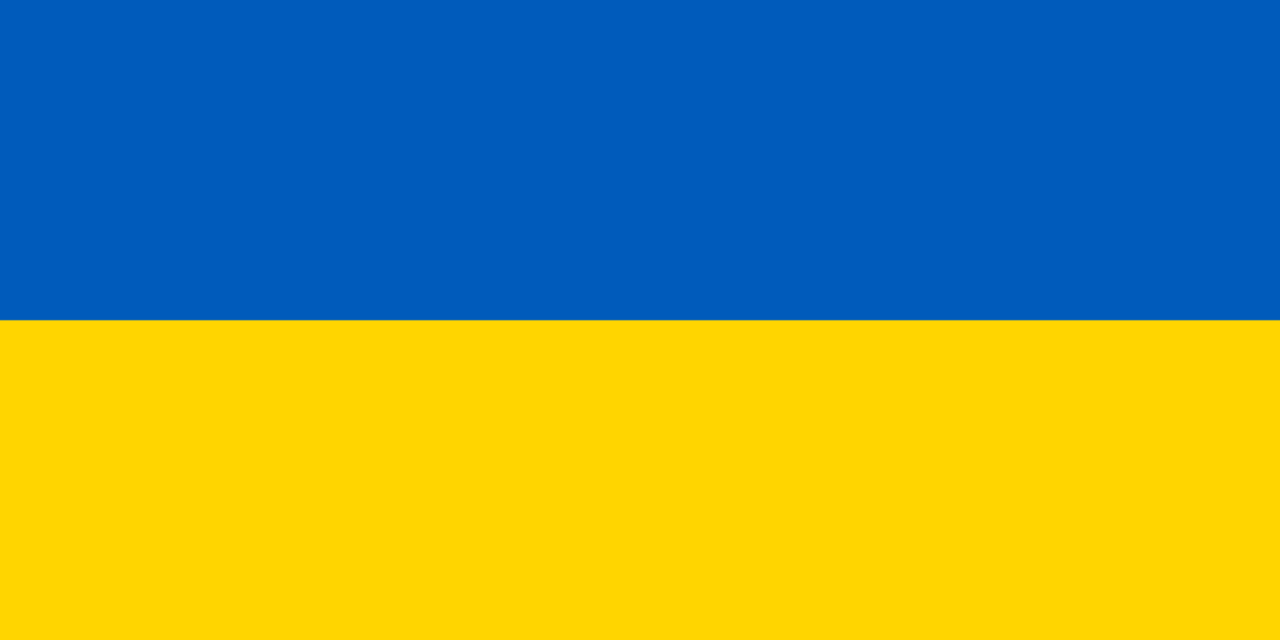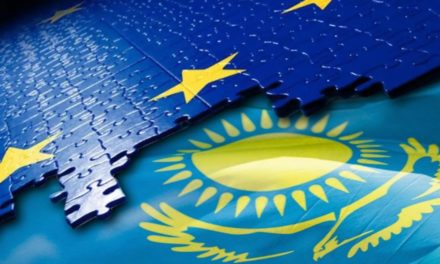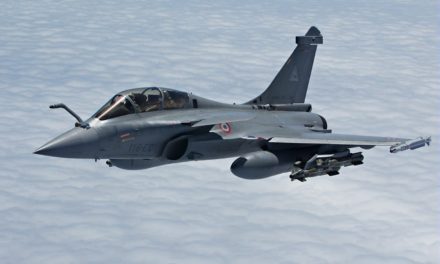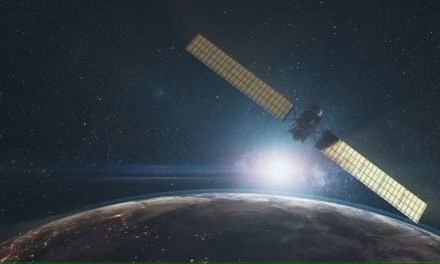As tensions between Ukraine and Russia have risen in recent weeks, and fears of a new war have resurfaced, let’s take a closer look at the situation on the ground.
Ukraine accuses Russia of massing troops on the border between the two countries. Indeed, since September 2021, Russia has reportedly deployed around 100,000 troops near its border with Ukraine, according to European and American sources.
Some accuse Russia of seeking to invade Ukraine, or at least part of the Ukrainian territory: the Donbass. The Donbass is a region in eastern Ukraine bordering Russia, with a Russian-speaking majority, which corresponds roughly to the regions (oblasts) of Donetsk and Lugansk. The Donbass is particularly rich in coal. The inhabitants of the region do not trust the Ukrainian authorities and would prefer to be attached to Russia.
The links between Russia and Ukraine are long-standing and complex to understand from a Western perspective. Russians often consider Ukraine as the cradle of their civilization. Indeed, it was here in 988 that Vladimir I the Great, Prince of the Kiev Rus’, was baptized into the Christian faith, converted by St Cyril and St Methodius.
Ukraine, from Vladimir the Great to the end of USSR
After the Cossack wars in the 17th and 18th centuries, Ukraine was incorporated into the Russian Empire under the authority of the Tsar of All Russia. After the October Revolution in 1917, Ukraine was incorporated into the nascent Soviet Union. The first years were very hard, especially in 1933, when the communist political commissars appointed by Moscow confiscated the Ukrainian peasants’ harvest to starve them. Millions of Ukrainians died as a result of the famine, which further increased Ukrainian resentment of the Russians. During the Second World War, the Ukrainian nationalists of Stepan Bandera’s OUN-UPA collaborated with the Nazi occupiers to form the SS Galizien division and liberate Ukraine from the communists and Poles (the western half of Ukraine being historically Polish). The Ukrainian nationalists massacred hundreds of thousands of civilians.
Ukraine thus remained one of the fifteen Soviet republics. A prosperous and extremely fertile land, it developed rapidly after the Second World War, so much so that in 1991, when the USSR fell, the standard of living was slightly better than in Russia. In 1954, Nikita Khrushchev, First Secretary of the Communist Party of the Soviet Union, incorporated the Crimean Peninsula into the Ukrainian Soviet Socialist Republic.
Painful path toward democracy
In 1991, the Soviet Union collapsed and Ukraine, Russia and the other thirteen Soviet socialist republics became independent. Crimea remained Ukrainian, and in 1995 was granted the status of an autonomous republic within Ukraine.
After independence, Ukraine experienced great difficulties, the country being torn between western Ukrainians favoring a rapprochement with the West, with the eventual prospect of joining the European Union and NATO, and eastern Ukrainians, who were Russian-speaking and wanted to remain in the Russian orbit. The central government in Kiev, under the presidency of Leonid Kravchuk (1991-1994), then Leonid Kuchma (1994-2005), has always been relatively close to Moscow, even if it has established good relations with Western countries.
In 2004, the presidential elections in Ukraine were held. There were two candidates: on the one hand, Viktor Yanukovych, a pro-Russian candidate, and on the other, Viktor Yushchenko, a pro-European candidate. In the evening of the first round, the two candidates were within a handkerchief of each other, with a slight advantage for Yushchenko. The elections were marred by massive fraud. Between the two rounds, Yushchenko was poisoned with dioxin, probably by his opponent on orders from Moscow. In the second round, Yanukovych was announced the winner with 49% of the vote, against 46% for his opponent. Immediately, huge demonstrations, instrumentalized by the United States, took place throughout the country to denounce electoral fraud: it was the Orange Revolution. The country experienced several very tense weeks. Finally, the second round was cancelled and a new second round took place, won by Yushchenko, who was sworn in as president in January 2005. This was a slap in the face for Russia, which saw Ukraine drifting away from its orbit. Yanukovych eventually defeated Yushchenko in the next presidential election in 2010 and became president.
At the end of 2013, President Yanukovych refused to ratify the association agreement between Ukraine and the European Union, a prelude to a rapprochement with the West. The Ukrainian people interpreted this as a desire to bring the country back into the Russian fold. This decision triggered huge pro-Western demonstrations in the country. These demonstrations culminated around the Maidan Nezalejnosti (Independence Square) in Kiev. The demonstrations were violent, with many deaths and injuries among both police and demonstrators. After three months of riots, President Yanukovych is overthrown and goes into exile in Russia. A pro-European president, Petro Poroshenko, was elected in the aftermath.
De facto independance of Dombass region
But the pro-Russians do not disarm. They secede in the east of the country to form two pro-Russian republics: the Donetsk People’s Republic (DPR) and the Lugansk People’s Republic (LPR), supported by Russia. As for Crimea, it was annexed by Russia following a referendum under very dubious conditions and in defiance of international law. The territorial integrity of Ukraine was then in jeopardy.
A latent civil war continued on the front line, with many victims on both sides. By annexing Crimea, Russia regained control of the port of Sevastopol, a strategic port that gave it access to the Mediterranean via the Bosporus and the Dardanelles. Russia, which had leased the port of Sevastopol to Ukraine, feared it would lose its use if Ukraine moved closer to the West.
After almost ten years of latent conflict, it is possible that Russia, taking advantage of the weakness of the Ukrainian government and the weakening of American and European foreign policy against it, will want to regularize the situation in Donbass by simply annexing it to its territory, as it did in 2014 with Crimea. Russia has already distributed Russian passports to the inhabitants of Donbass, which could be used to justify a possible annexation of the region. Furthermore, Russian President Putin recently issued a decree ordering the integration of the Donbass administration into the Russian central administration. These signs could point to annexation. Only time will tell if the fears of annexation of the Donbass were well-founded…
Finally, one may wonder about the relevance of the European response, insofar as NATO has not ceased to encircle Russian territory with its bases (Norway, Poland, the Baltic States, etc.). In Donbass, the West deplores a situation of separatism that it once encouraged in Kosovo, following its disastrous interventions in the 1990s. Moreover, for the Europeans, alienating Russia could greatly weaken their energy independence at a time of ecological transition, as Russian gas is a relatively inexpensive and low-carbon energy. These tensions also reveal the failure of the quadripartite negotiations in the Normandy format (France, Germany, Russia, Ukraine), as Ukraine did not implement the decisions on which the parties had agreed. Other more endemic factors specific to Ukraine contribute to the aggravation of the situation, such as the inexperience and weakness of the Ukrainian president, the local oligarchy, the widespread corruption at all levels of the state, the harmful influence of the CIA and the subsistence of openly neo-Nazi militias.







